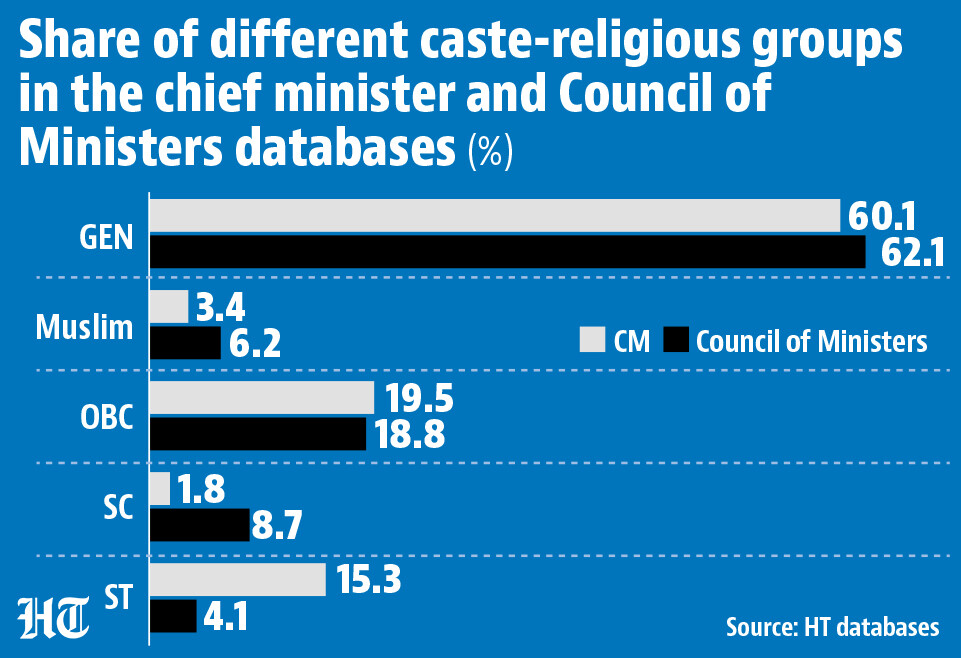The caste inequality in India’s executive | Number Theory
.
If there is one thing which has been vindicated once again by the Narendra Modi government’s decision to include a caste count with the next census, it is that democratic pressures have an important role in shaping policy on caste in India. From the provision of reservations for Scheduled Castes (SC) and Scheduled Tribes (ST) in legislatures and government jobs to post-independence democratic assertion for expanding the net of affirmative action to backward classes -- it eventually culminated in the creation of the Other Backward Class (OBC) category and reservations for them -- politics has always been the vanguard of affirmative action or what’s also called social justice in India. That the demand for a caste census is tied to the objective of making OBC quota proportionate with their population share should not be a surprise, given this history.
While caste is a major driver of inequality in income and employment in India, Indian democracy, given its universal franchise principle, is the least susceptible to caste-privilege in principle and should actually be tilted in favour of OBCs given their largest share in the population. HT has looked at two of its in-house databases; that of Union Council of Ministers and chief ministers, to assess caste inequality in Indian executive. Here is what the data shows.



